Call us now : 08062375914
Automatic Portable Compactor
1271186.0 INR/Unit
Product Details:
X
Automatic Portable Compactor Price And Quantity
- 1 Unit
- 1271186.0 INR/Unit
Automatic Portable Compactor Trade Information
- contact us for information regarding our FOB
- h a l ' , ' C a s h A d v [ ' P a y p ( C A a n c e , ) ' , ' C a s i n A d v ' , a n c e ( C I D ) ' C h e q u e ' ' O t h e r s ' ]
- 15 Unit Per Month
- 30 Days
- No
- as per requirement
- [ n d i a ' ] ' A l l I
- ISO and GEM
Product Description
Enter Buying Requirement Details

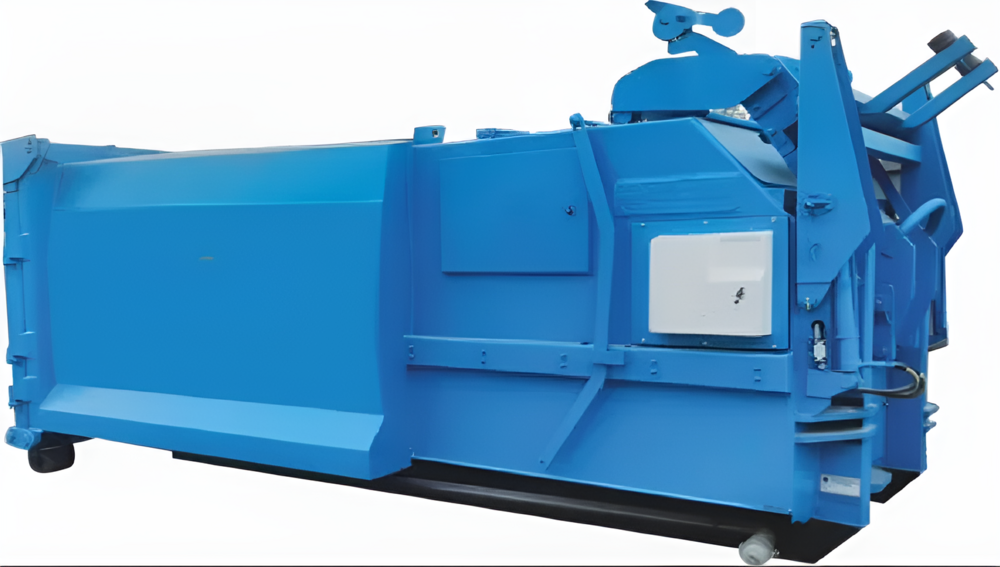
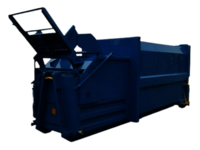
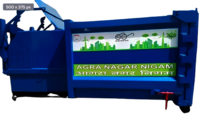
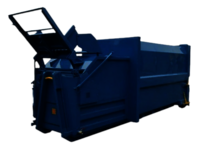
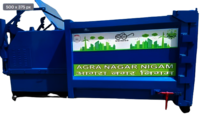
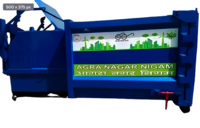
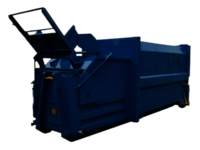
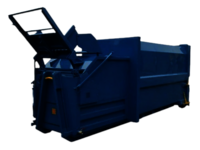
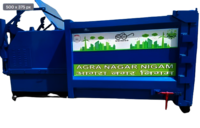










 Send Inquiry
Send Inquiry Send SMS
Send SMS Call Me Free
Call Me Free